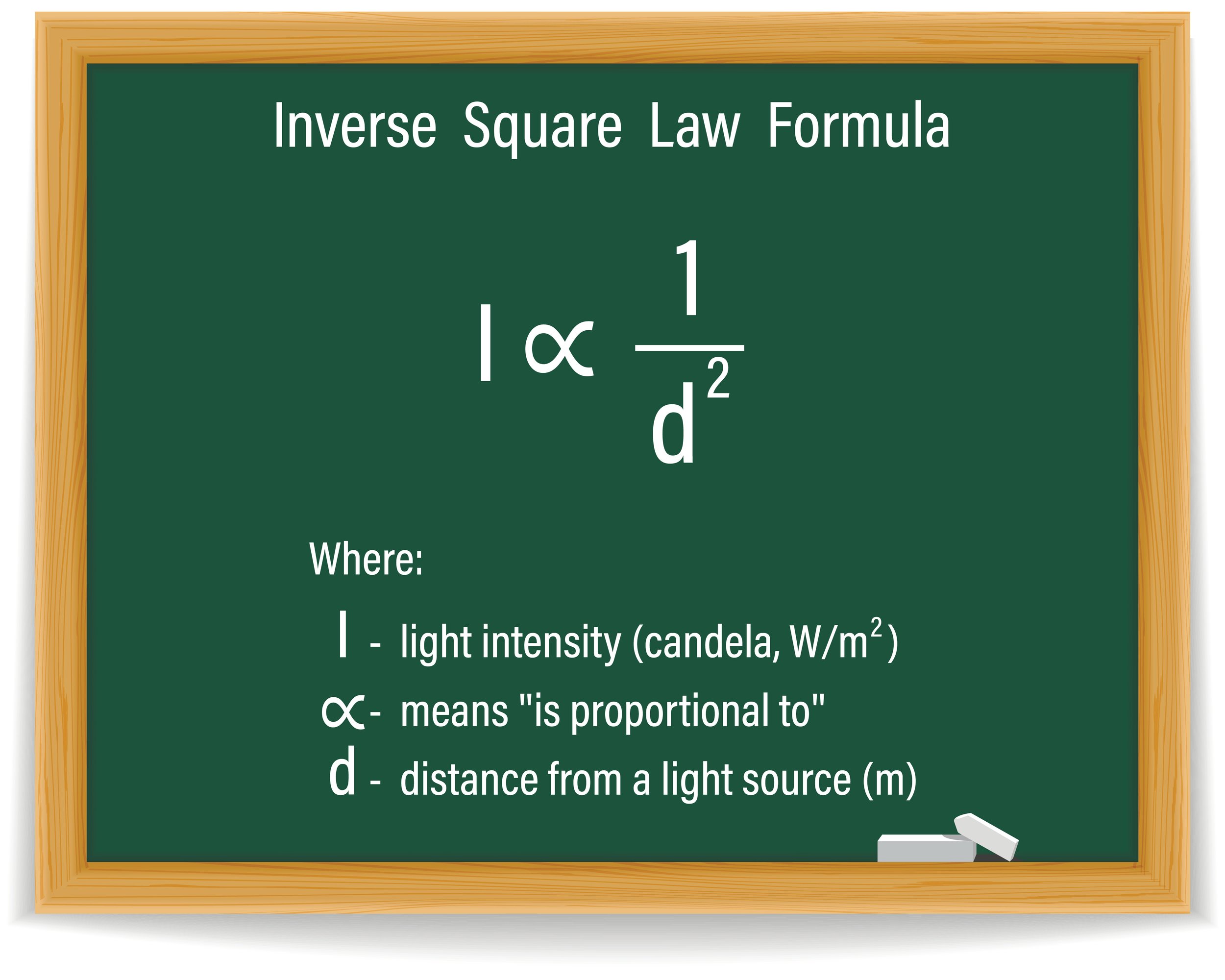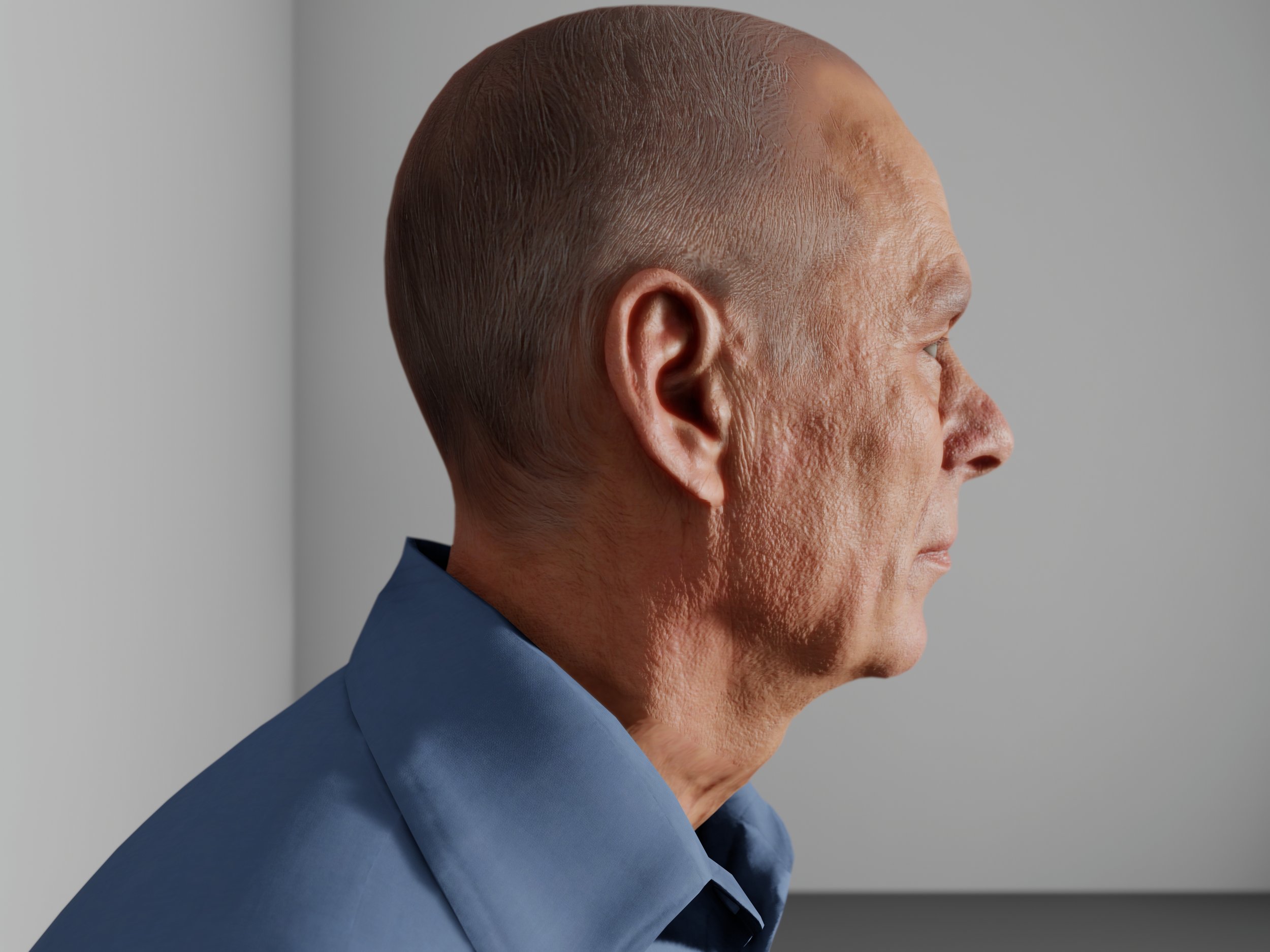The Power of Distance - How the Inverse Square Law Applies to Your Photography
Photography is all about capturing light and shaping it to create stunning images. Whether you’re a seasoned photographer or just starting your journey, understanding the fundamental principles of light is crucial. One of the principles that can significantly impact your photography is the inverse square law.
What is the Inverse Square Law?
The inverse square law is a physical concept that explains that light diminishes as it travels, and its intensity is inversely proportional to the square of the distance traveled. In simpler terms, doubling the distance from the light source means losing 75% of the available light. Another way of thinking about this is that each time we double the distance, we decrease the available light by a factor of four or 2-stops.
The Formula
The inverse square law is I ∝ 1/d² where d is the distance between the source and the subject, and I is the intensity of the available light at any given power setting. Let’s look at a few examples of this when solving for I. The percentage is the amount of light remaining after the distance is increased.
The Inverse Square Law in Action
Do you need to know the math behind the inverse square law? The answer is no. However, as one can see, the available light falls off rapidly within the first few feet. And while light continues to dissipate with distance, after about four or five feet, the fall-off rate is not noticeably the same in comparison.
When using a light source, such as a flash or a studio light, the inverse square law helps one control the intensity and softness of the light. You can create dramatic variations by adjusting the distance between the light source and your subject.
Move the light closer, and it will be softer and more intense. Since light fall-off is greater, the subject will have a more noticeable contrast, and shadows will be richer, deeper, and smoother. Moving it further will produce harsher and less intense light for the same power setting, with less contrast and more defined shadow lines.
Light will also fan out more as it moves further back. Because fall-off will not be as great, there will be a noticeable difference in how much of the subject and background is illuminated. The further back the light moves, the more one will see.
Understanding how light diminishes will help create more dynamic images with greater depth. In addition, the inverse square law also explains why moving the light further back yields drab colors and images with a flatter appearance.
However, the inverse square law also explains why a single light source close to a group of people will not illuminate all subjects evenly. To properly light a group of people, the light source will need to be moved back to a point where the fall-off is less significant. Conversely, adding a second source of light will also help in more even lighting.
Compensating for the Light We Lose
Each time the light is moved further back, we will need to make one or more adjustments to the camera or power settings. The simplest thing we can do is increase the light source’s intensity or power output. Eventually, we will reach a point where the light source emits its maximum intensity, and adjustments to camera settings will need to be made. Most commonly, this will be either decreasing f-stops or increasing ISO.
Wrapping it Up
An array of online videos demonstrates how the inverse square law works in practice. Check out AdoramaTV’s and Peter Hurley’s presentations on the subject. You can also experiment at home to see how the inverse square law works and how it affects shadows and appearance.
Start by holding your finger between ¼” to ½” from a wall or table. Place a flashlight or the light on your cell phone within an equal distance from your finger. You will need to adjust the intensity. Take note of the appearance of the shadows on the side of your finger and behind it. Then, leaving your finger in the same spot, move the light further away and notice how the shadows and light intensity change.
The inverse square law is a fundamental concept that every photographer should know. It governs how light behaves and, by extension, how we can manipulate and shape light to achieve our creative vision. By mastering these principles, you can create captivating images with light and shadows that convey emotion, depth, and atmosphere.
Never miss a post! Subscribe here or with the form below, and follow Jake Durham Photography on Facebook and Instagram.






